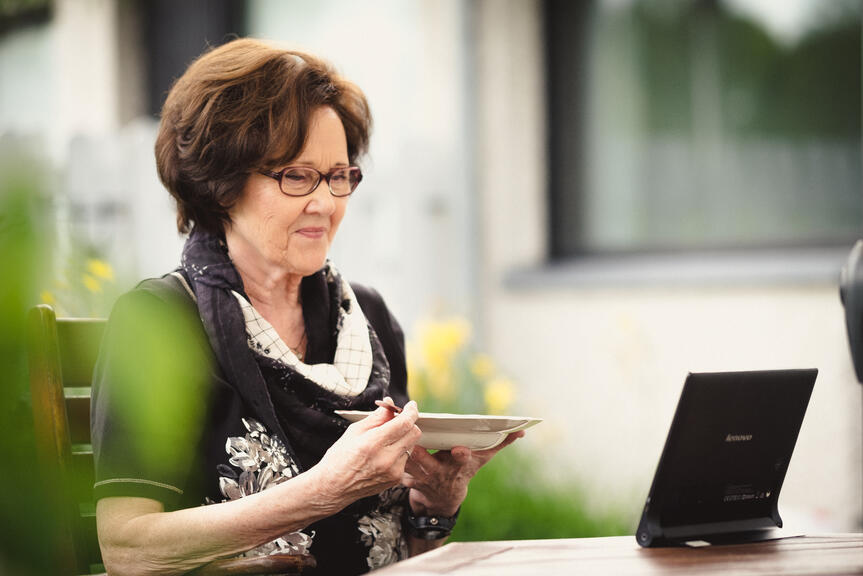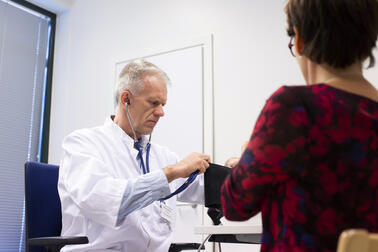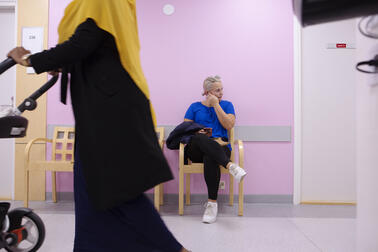
Remote care is the primary form of care in Helsinki for residents who are starting to need support at home. However, the choice of whether to provide home care remotely or in person is always carefully considered by the Social Services, Health Care and Rescue Services Division, as remote care is not suitable for everyone.
“The ideal type of home care is largely dependent on the client’s functioning, and individual needs are always thoroughly assessed. All of our remote care clients are also provided with traditional on-site home care. Remote visits also allow us to easily adjust the number of daily home care check-ins,” explains Anne-Maria Siitonen, service manager at Palvelukeskus Helsinki's Care Services.
Palvelukeskus Helsinki provides remote care services for the City of Helsinki. For remote care, the client is provided with a tablet device that is used to carry out the remote care visits. The device is designed to be easy to use, and the two-way connection with a nurse is opened automatically. The client does not need to do much more than sit in front of the device when it is time for a visit.
“During a remote visit, we check the client's condition, how they are eating and whether they are taking their medication, in addition to which we may measure sugar levels or blood pressure. We also engage in small talk with the client. Some clients also participate in shared lunches via the tablet device. If we find that something is not right, we immediately contact the on-site home care provider. We work closely together,” Siitonen says.
Remote but close
Remote care is also of interest to many health care professionals who are hoping to make traditional care work more varied or interested in new forms of health care. As a result of COVID-19, remote care working methods have also been developed to be more flexible, in addition to which remote and part-time work has increased. There are now nurses working for Palvelukeskus Helsinki who carry out remote visits from as far away as Kempele.
Although there may be several kilometres between the client and the nurse, according to Siitonen a remote visit is still a very close experience for many clients.
“Often the assumption is that using a remote device somehow makes the nurse more distant, but this is usually proven false. Many clients and relatives are surprised at how close and personal the connection with the nurse appearing on the screen can be. We are never in a hurry and can focus exclusively on the client without dividing our attention during a remote visit. A specific amount of time is reserved for each visit, and the client can rest assured that they will get what they have been promised.”
Safe and secure home living
If necessary, clients can also use the tablet device to contact a nurse during the day. This provides security for many clients and loved ones.
Remote care is also being constantly developed in Helsinki. Siitonen points out that remote care has plenty of potential in terms of both technology and as a way of providing health and social services.
“The equipment can be used for a wide variety of purposes, from transmitting cultural content to increasing interaction between people. During COVID-19, we piloted a family interface that also enabled relatives to call the client's remote care device. This is a highly requested feature that we are currently developing further. My hope is that the implementation of these kinds of services that promote social well-being and health can be advanced in the future despite funding and legislative restrictions,” Siitonen states.
A lot has happened during the ten-year history of remote care in Helsinki. This one time, a remote care visit even helped prevent an attempted robbery.
“The perpetrators were ultimately apprehended by the police thanks to the remote nurse,” Siitonen says.


